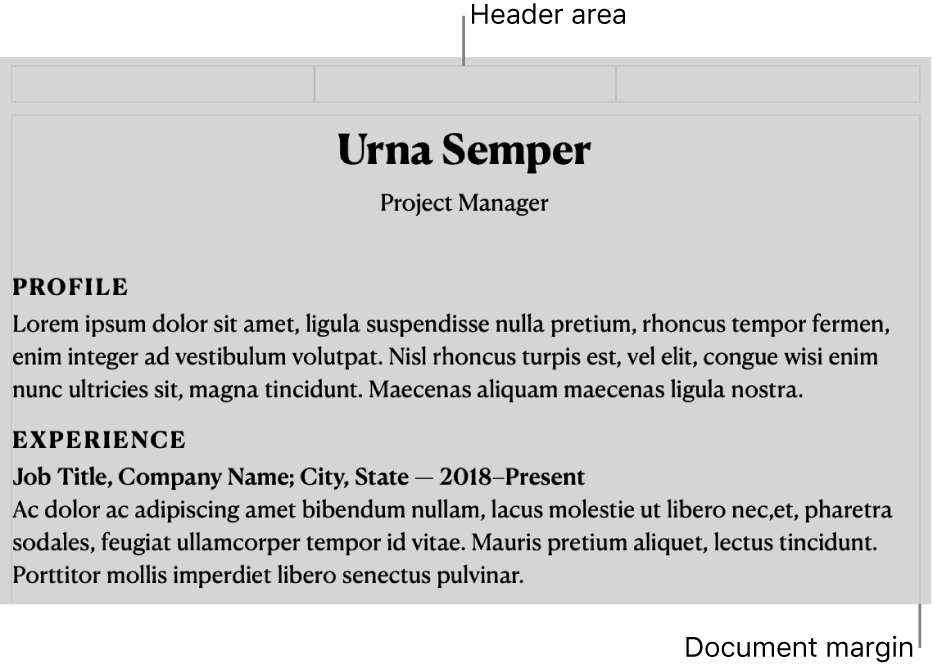

Paragraph group on the Home tab of the Ribbon. Microsoft Word has many types of nonprintable symbols such as different types of spaces, tabulations, line or page breaks, etc. These look like a dash with a small line extending down on the right side (shown left). Any hyphen not entered manually entered is shown as a conditional hyphen mark. Below, is a list of the different formatting marks you'll see when enabled with a brief description. (In Word 2010, access the Paragraph dialog by clicking on the dialog launcher arrow at the bottom right corner of the Check the View drop-down menu (Microsoft Word 2003 and earlier) or the Home tab (Microsoft Word 2007 and later) for an option to display the formatting marks button.

Although this type of formatting alone will not result in aīlank page, it frequently accounts for a partially empty page and could result in a blank page if the “blank” page contains a single paragraph mark formatted as “Page break before,” followed by another “Page break before” paragraph on the next page. Go to the Line and Page breaks tab of Format | Paragraph and see whether “Page break before” or “Keep with next” is checked. Disable the selection of Show crop marks. Scrolling down the page till find the section of Show document content. Whenever a page ends short for no apparent reason, examine the paragraph(s) at the top of the following But if you just want a pure blank page without seeing any mark on it, try following steps 1.

It is important to note that on top of showing your paragraph symbols, the Show/Hide ¶ command also shows you the other hidden formatting symbols in your Word document.
WHAT IS SMALL EMPTY SQUARE MS WORD FORMATTING MARKS MANUAL
If you don’t see a manual page break, the likelihood is that the page break is being caused by paragraph formatting. On the Home tab of your Ribbon, click the Show/Hide ¶ command (which just looks like a paragraph symbol) to turn your paragraph marks on or off in your document. Word 2010, the indicator will extend only part of the way across the page.) You can easily select this and delete it. It will be represented by a dotted line across the page labeled “Page Break.” (In Word 2010, access the Breaks gallery from the Page Setup group on the To show or hide them all, select Show all formatting marks. In the section titled 'Always show these formatting marks on the screen', check or uncheck the appropriate boxes to view the marks of your choice. Select Display from the listing at the left. This is one reason manual page breaks are discouraged: when formatting changes (either because of editing or because the document is opened on a system using a different printer), the manual page break may immediately follow a naturalĮven without displaying nonprinting characters, you should be able to see a manual page break that has been inserted usingĬtrl+Enter or Insert | Break: Page break (in In Word 2007, from the Office Button menu, select Word Options near the bottom right corner of the menu. If your blank page occurs in the middle of a document (and is not caused by an Odd/Even Page section break), there is a remote chance that it is caused by a plethora of empty paragraphs, but more often it is the result


 0 kommentar(er)
0 kommentar(er)
